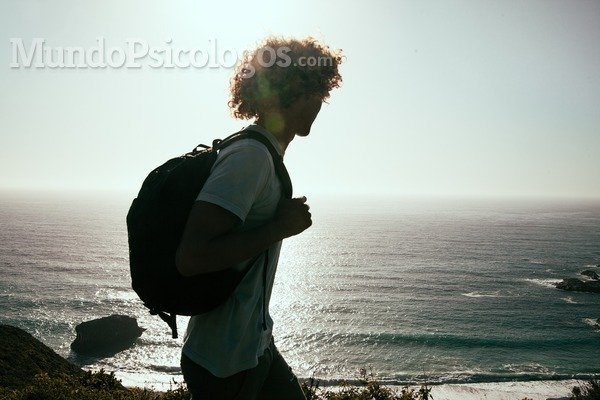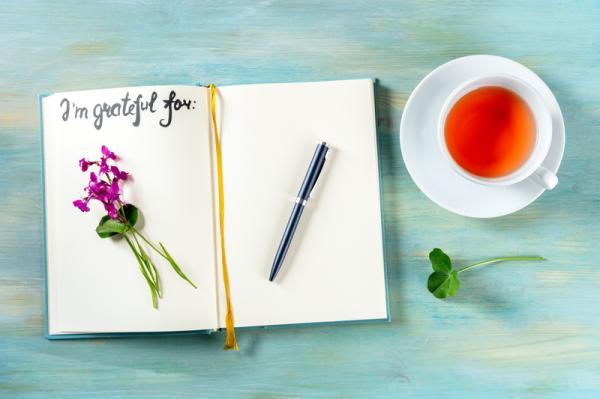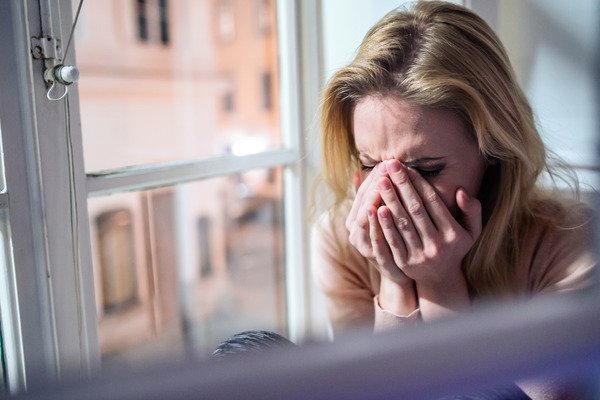What is the ritual of the three S’s? What does it consist of? Are therapeutic rituals effective? Today I explain this Hawaiian ritual as well as its usefulness to improve our mental health.

Throughout our lives, as we grow and live experiences, we also accumulate emotions (some of them positive but others negative). We accumulate those experiences in one “emotional backpack” that we fill and empty as we make them and work. When we make them we release stones and if we don’t do so they stay in the backpack. It would be something similar to when you get a wound: if the wound is superficial and you cure it immediately with the necessary medications, the pain will last a few days and there will not be a big mark on the skin. However, if we make a deep cut, the wound will take much longer to heal, and when it does, it will leave a mark that sometimes fades and other times stays with us for life. Furthermore, depending on how deep the wound is, that scar will continue to bother you on rainy or more humid days forever.
Well, with the experiences Something similar happens, when they are easy to assimilate or do not represent too much of a setback, they are easily expelled from the concerns (we free the stone from the backpack); but when they represent an important change and seriously affect the person, the discomfort It can last a long time and even stay if it is not made correctly (the stone remains in the backpack even if a long time has passed since we put it in).
The Hawaiians were very clear that those who accumulated negative emotions ended up getting sick and that was why they created the ritual of the three S’s: let go, smile, feel. The basis of this ritual is learning to let go of what harms us in order to generate optimism and well-being.
What does the ritual of the three S’s consist of?
The people gathered around a person with a black bag and many stones. Each stone symbolized the fears, dissatisfactions and concerns of the person, which as he listed, they were placed in the bag. Once the person had listed everything negative, they buried that bag in a secret place while another person performed a “cleansing”, that is, helped them let go of everything negative. Once the cleaning was done, the person had to smile to leave the emptiness of the bag behind and to face whatever came in the future with optimism and enthusiasm. The final step was to feel freedom, trust, listen to yourself and face fears and dissatisfactions. Only when this third step was reached did the community gather again to destroy the black bag.
How effective are rituals?
Personally I have to say that I usually use rituals in my therapy sessions. They are by no means magical or “shamanic” rituals, but they do usually work if good therapeutic work is done. Why do therapeutic rituals work? They usually work because in the end we end up making the intangible tangible. Worries and fears are abstract, but by performing the black bag ritual, the Hawaiians began to materialize them and make them real, so that it is easier to elaborate and work on them. Thus, in the same way that the Hawaiians did, the use of rituals transforms the intangible into tangible and that is a very powerful resource in psychotherapy that helps the person experience what they are working on from another point of view, more visual or even tactile.
In fact, there are people who perform a similar ritual at the end of the year. Before the twelve bells strike, there are people who write down their wishes and objectives for the next year on a piece of paper and keep them until the following December 31, where they will open it and observe what has been achieved of what they have desired or set as an objective. At the same time, you write down what you want to let go of that year and what you want to change or end and that paper is burned to make it come true. There is nothing magical about that, but the simple effort of thinking about what you let go will make it so that when you think about it, you will be able to redirect yourself and remember that you have already burned the paper (you have a visual memory of letting go). In the same way, having the paper saved with your goals and knowing that you will have to open it at the end of the year, causes you to remember this ritual from time to time and materialize things or put effort into achieving them.
I encourage you to try the end of the year ritual, which would be the “westernization” of the Hawaiian ritual. Learn to let go and work through dissatisfactions, fears and negative emotions It will make your life fuller and you feel like you are in charge.
Encarni Muñoz Silva
Health psychologist, registered number 16918








